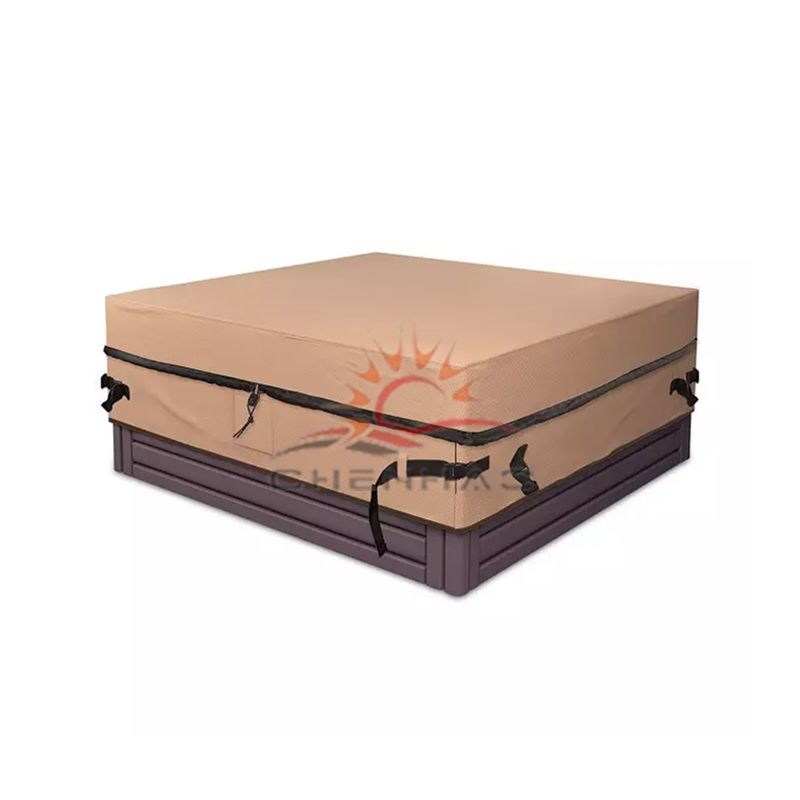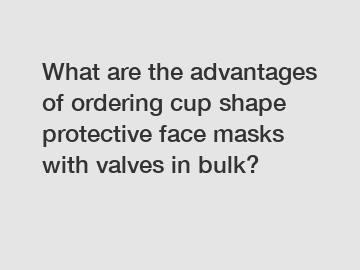Hot-Dip Galvanizing: Purpose, Process, and Uses
Hot-Dip Galvanizing: Purpose, Process, and Uses
The purpose of hot-dip galvanizing is to protect the material from corrosion by creating a layer of zinc that acts as a protective coating. The process of hot dipping is to submerge the metal into a bath of molten zinc, which metallurgically bonds itself to the material (usually steel). This then protects the material against external elements such as: humidity, moisture, sodium chloride, and acid. The hot-dipped galvanized steel can be used across a wide range of industries, for things such as: roofing, structural beams, automotive bodies, rebar in cement, metal fences, and electrical pylons.
The company is the world’s best Hot Dip Galvanized W-Beam Guardrail supplier. We are your one-stop shop for all needs. Our staff are highly-specialized and will help you find the product you need.
This article will discuss hot-dip galvanizing, how it works, its purpose, uses, advantages, and disadvantages.
What Is Hot-Dip Galvanizing?
The hot-dip process creates steel with a thin protective layer of zinc by dipping the steel into hot molten zinc. During the dipping, the zinc reacts with the steel to make a zinc-iron layer which can protect against corrosion. Hot-dip galvanizing is also referred to as galvanization and galvanizing.
What Is the Purpose of Hot-Dip Galvanizing?
The purpose of hot-dip galvanizing is to form a protective iron-zinc coating on the surface of the steel to protect against corrosion. The coating should cover both internal and external sections of products which are hollow or shelled. The galvanization coating is a sacrificial coating that reacts with the environment to protect the steel beneath it. Hot-dip galvanization also leads to an impact and abrasion-resistant surface when compared to other protective treatments.
What Is the Process of Hot-Dip Galvanizing?
With any parts to be galvanized, it is easier for any welding to be completed before galvanization, as galvanized steel is harder to weld than pre-treated steel. For the galvanization process, the first step is to degrease and clean the surface of the steel of any residues or particles on the surface. This allows the coating to react fully and adhere to the steel. The best method of cleaning is to submerge the part into an alkaline or acid solution and then rinse with cold water. After cleaning, a coating of flux is applied by dipping the part into a 30% zinc ammonium solution at 65'80 °C. This removes any remaining oxide from the surface to allow the molten zinc to react with the steel. The part is then dipped in the molten zinc at approximately 450 °C for approximately 4'5 minutes depending on the thermal inertia of the part. After the hot dip, the now galvanized steel can be air-cooled or quenched if required.
What Is the Right Temperature for Hot-Dip Galvanizing?
The temperature at which steel should be galvanized is 450 °C. The zinc needs to be at this temperature to allow a metallurgical reaction to occur between the zinc and the steel. Any colder and the wetting of the steel would not be optimal and a significant increase in temperature would begin to soften the steel. Additionally, hotter temperatures could cause the part to warp if there are significant internal stresses already in the steel before hot dipping.
Are Hot-Dip Galvanizing and Galvanizing Processes the Same?
No, hot-dip galvanizing and galvanizing processes are not the same. While both achieve the same result they both have different processes. The other processes for galvanizing are galvannealing and electro-galvanization. The galvannealing process is the same as the galvanization process, however after the hot dipping the part is heated up to over 1,050 °C and then air cooled. The annealing part of galvannealing encourages further reaction between the steel and zinc. In electro-galvanization, the steel is electroplated with zinc using zinc salt. This leaves behind a much thinner layer of zinc compared to regular galvanization.
What Is the Minimum Steel Thickness for Hot-Dip Galvanizing?
The thickness and silicon content of the steel being coated will dictate the minimum thickness of coating required. The ASTM A123 specification states that hot-dip galvanization should produce a coating between 1.4 to 3.9 mm thick for the best protection. The silicon content of the steel matters because an increase in silicon content makes the zinc more reactive and therefore a thicker coating will be required to maintain the longevity of the part. A thicker steel will also produce a thicker coating. As there is more iron available in a thicker steel part, more zinc will be required to react with the iron. This will produce a thicker protective layer.
Does Hot-Dip Galvanizing Warp Steel?
Yes, hot-dip galvanization can result in warping. When the steel is hot dipped it heats the steel which can allow the internal stresses in the steel to warp the part. To reduce the chances of this happening the steel can be stress relieved/tempered to reduce the internal stresses of the material.
Contact us to discuss your requirements of Galvanized Highway W Beam Guardrail. Our experienced sales team can help you identify the options that best suit your needs.
Explore more:Revolutionizing Transportation: The Future of Highway Beams?
What Is Hot-Dipped Galvanized Steel Used For?
Are W Beam Guardrails effective in preventing vehicle crossover accidents?
Galvanized W Beam Guardrail: Ensuring Road Safety
What Are the Different Common Types of Bollards?
Which Innovative Design Ideas for Custom W-Beam Guardrails are Revolutionizing Road Safety?
Are FFP2 masks suitable for dust?
What is a good thickness for nitrile gloves?
Hot-dip galvanized steel is used where steel is being used in a corrosive environment. This could be in salt-laden air or marine applications, but could also apply when steel is embedded in soil, concrete, or water. Galvanized steel is a versatile metal that is used in car bodies, bikes, fasteners, structural beams in buildings, rebar in concrete, metal fencing, and electrical pylons.
What Industries Utilize the Use of Hot Dipped Galvanized Steel?
Hot-dipped galvanized steel is used in just about every industry. Hot-dipped galvanized steel is used in the automotive, construction, telecommunications, oil & gas, and aerospace industries, for any application in which steel is in a corrosive environment.
What Are the Properties of Hot-Dipped Galvanized Steel?
Table 1 below describes the properties and benefits of hot-dipped galvanized steel:
Preparing Hot-Dip Galvanized Coating Surfaces for Painting
Duplex systems, also known as painting over hot dip galvanized steel, are extremely effective corrosion protection systems. However, careful surface preparation techniques need to be used to alleviate potential coating failures. The age and characteristics of the galvanized coating should be used to determine what type of surface preparation is needed.
Available for download
Available for download
We're sorry, something went wrong.We are unable to complete this action. Please try again at a later time.
If this error continues to occur, please contact AMPP Customer Support for assistance.
Use this error code for reference:
Are you interested in learning more about osha platform railing requirements? Contact us today to secure an expert consultation!
What is the most common barrier used in driving?
What is the end of a guardrail called?
The Essential Guide to Earloop Protective Masks
Are powdered gloves better than non powdered gloves?
What are the advantages of using a crash rated road blocker for B2B purchase?
What are the different types of galvanized steel pipes?
When should you use a FFP2 respiratory mask?










